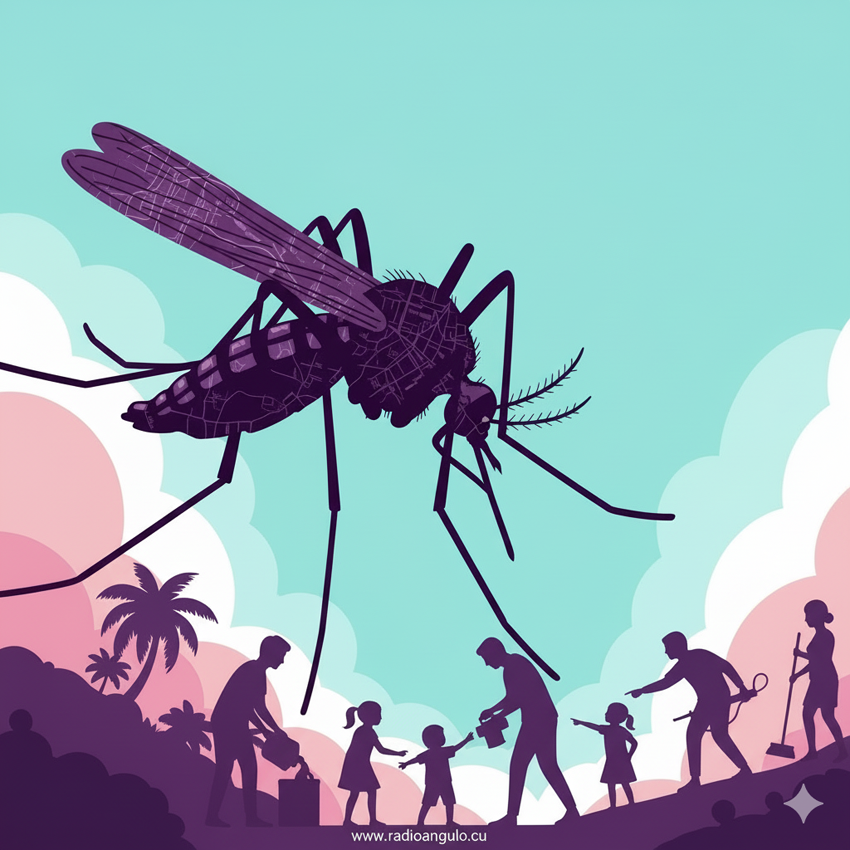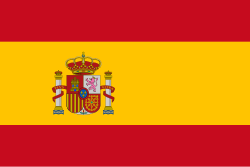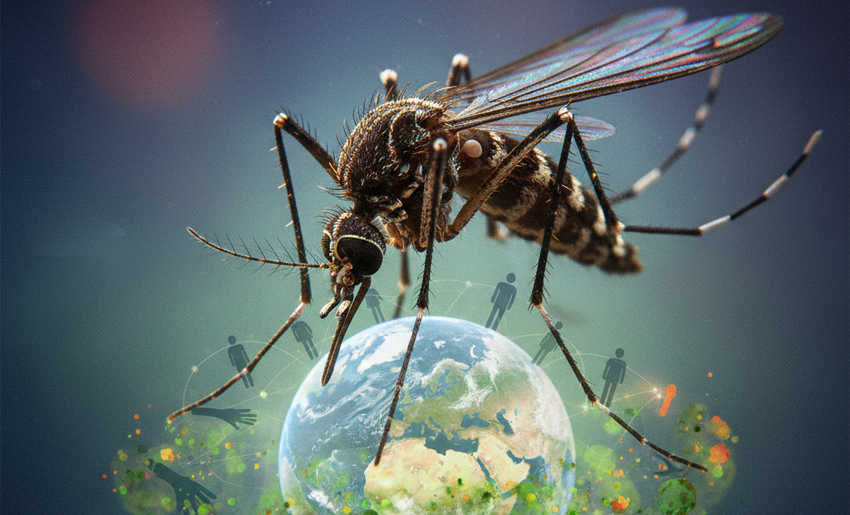The warm breeze in Holguin, as in the rest of Cuba, brings with it more than just the scent of eternal summer. It brings the persistent and dangerous buzzing of mosquitoes. Vectors of a group of diseases known as arboviruses.
Today, our country faces an epidemiological situation that the Ministry of Public Health (MINSAP) describes as “very complex.” With the spread of dengue, oropharyngeal, and chikungunya. It is time to face reality head-on, understand what is at stake. And act with the urgency that the health of the people demands.
What are arboviruses? The alert triad
Arboviruses are viral diseases transmitted to humans by arthropods (hence their name, Arthropod-Borne Viruses), primarily mosquitoes.
Dengue, endemic in Cuba, is the main concern. Transmitted by the Aedes aegypti mosquito. It can range from a mild fever to severe forms with hemorrhages and shock, which are potentially fatal. Several serotypes are currently circulating. Increasing the risk of severe forms in people who have already suffered from the disease.
Oropouche, a recently introduced mosquito, is transmitted by Culex mosquitoes and midges. It causes symptoms similar to dengue (fever, muscle aches, and headaches). But is generally a disease that, although bothersome, usually presents without major complications.
The chikungunya virus recently reappeared. Transmitted by Aedes aegypti and Aedes albopictus. It is characterized by severe joint pain that often persists for months or even years after the acute phase.
Causes: A breeding ground
Also the explosion of cases is neither a coincidence nor a simple whim of nature. It is the confluence of factors that favor the proliferation of the vector. Particularly the ubiquitous Aedes aegypti:
-
Climatic factors: High temperatures and frequent rainfall are the unavoidable biological factors. They create the ideal environment for the mosquito to complete its life cycle (from egg to adult) in less than 10 days. Exponentially increasing the vector population.
-
Sanitation and road problems: This is where the “terrible” part of the situation comes in. The accumulation of garbage and solid waste in streets and vacant lots is a breeding ground. Unsanitary water tanks, open-air containers, and blocked drains due to the lack of systematic garbage collection become perfect breeding grounds.
-
Water supply deficit: Intermittent service forces families to store water. Often in containers that are not properly covered or sealed. Creating new sources of contamination within homes.
Effects Beyond Fever
The effects are felt at all levels:
-
Individual Health: The suffering of thousands of Holguin residents and Cubans with fevers, pain, and the complications inherent to severe dengue fever. A debilitating disease that, in the worst cases, takes lives.
-
Health System: The high incidence of arboviruses strains primary and hospital care. Diverting valuable resources and personnel from treating cases. That with better prevention, could have been avoided.
-
Economy and Society: Sick people lose days of work or school. Work absenteeism and low productivity have a direct negative impact on the already fragile family and national economy.

Prevention: Shared Responsibility
There are still no vaccines against dengue or chikungunya. So the only effective strategy is vector control. This is a trench battle being fought in every yard and balcony:
-
Elimination of breeding sites: Key actions include tightly covering water containers and turning over or discarding any containers that can accumulate water. The Aedes mosquito is domestic and breeds in the clean water we store.
-
Personal protection measures: Wear clothing that covers your skin. Use repellents (when available), and use mosquito nets on beds and windows.
-
Self-care for symptoms: Rest, drink plenty of fluids (oral rehydration salts), and seek medical advice. Never self-medicate with aspirin or ibuprofen, as they can cause bleeding. Symptomatic treatment with paracetamol (acetaminophen) should always be under medical supervision.
Conclusions: The Mirror of Our Environment
The current situation with arboviruses is a reflection of a painful reality. The deterioration of basic sanitation and urban infrastructure, exacerbated by the tropical climate.
Moreover the government’s call to strengthen citizen cooperation and sanitation is correct. But it must be accompanied by a robust and sustainable institutional response. A fumigation campaign is not enough if the streets remain littered with trash. The solution requires a monumental effort that combines:
-
Civic discipline: Awareness that every breeding site in our home poses a risk to our neighbors.
-
State responsibility: Ensuring solid waste collection and a stable supply of drinking water.
The battle against mosquitoes is not just the task of doctors or health and epidemiology workers. It is a snapshot of our environment and a call to collective action. Protecting Holguin and Cuba from this triple threat is an act of civic responsibility, health, and, above all, survival. We cannot afford to let our guard down. The health of the people is the highest priority.
By: Alvaro Raúl Suárez Leyva
- 2025 Hurricane Season Closes - 30 de November de 2025
- Cuba Reduces HIV/AIDS Mortality - 29 de November de 2025
- FIHAV 2025 Concludes with Cuba’s Economic Highlights - 29 de November de 2025

